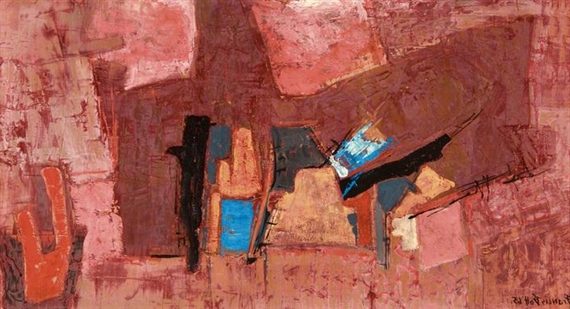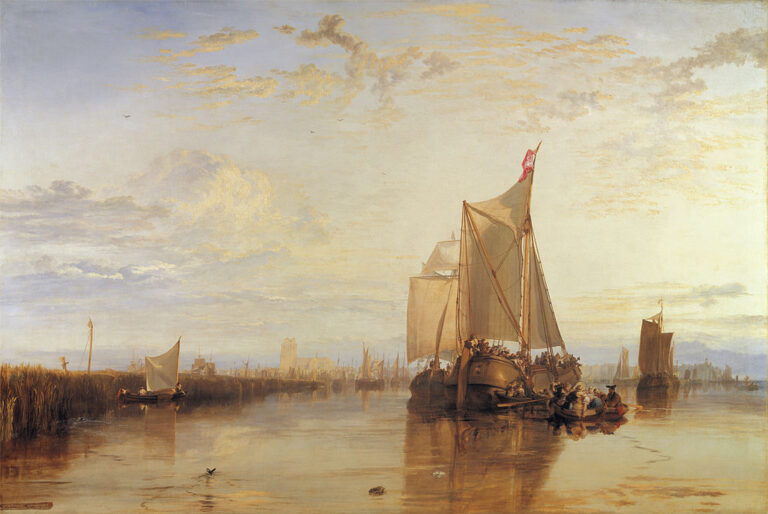Francis Bott Painter: Renowned Abstract Expressionist of the 20th Century
Born: 8 March 1904, Frankfurt, Germany
Death: 7 November 1998, Lugano, Switzerland
Art Movement: Second École de Paris, Art Informel, Surrealism
Nationality: German
Influenced By: Oskar Kokoschka
Francis Bott Painter: Renowned Abstract Expressionist of the 20th Century
Life and Career of Francis Bott
Francis Bott was a German painter born in 1904 who became associated with the École de Paris movement. His life and work spanned much of the 20th century, taking him across Europe and the Americas before he settled into his artistic career.
Early Life and Education
Francis Bott was born on March 8, 1904, in Frankfurt am Main, Germany. As a child and teenager, he lived in several European countries, including Switzerland, France, Belgium, and the Netherlands.
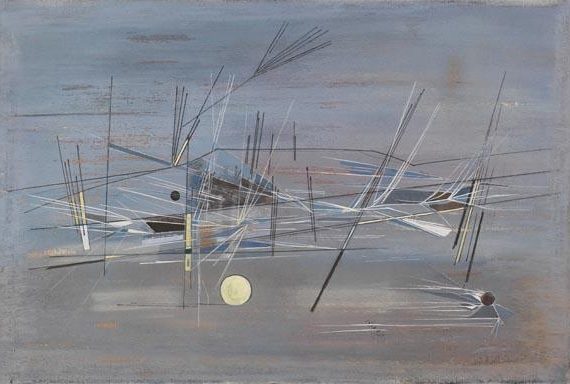
Composition, 1949 by Francis Bott
This early exposure to different cultures shaped his worldview.
In the 1930s, Bott spent time as a wanderer with left-wing political views. He traveled to Berlin, the United States, Mexico, and Vienna. During this period, he made a living through street performances, singing, and doing pantomime. He also created small art pieces to support himself.
Association with École de Paris
In 1948, Bott shifted to abstract art. This change allowed him to express his desire for freedom and independence through visual means.
His work became linked with the “Second École de Paris” and the French “Informel” movement.
Informel art emerged after World War II in Europe and the USA. It focused on abstract styles free from formal constraints.
Bott’s paintings were shown in galleries across Europe starting in the 1960s.
In 1962, Bott became a guest lecturer at the Hamburg Art Academy. He taught there for three terms, sharing his artistic knowledge and experience with students.
Artistic Style and Influences
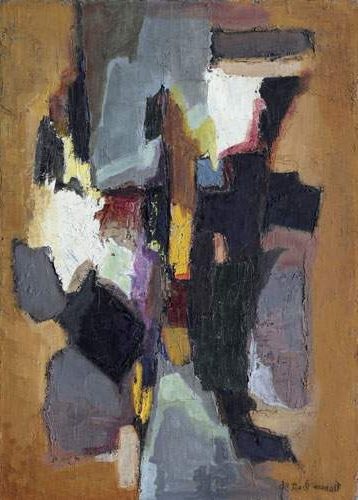
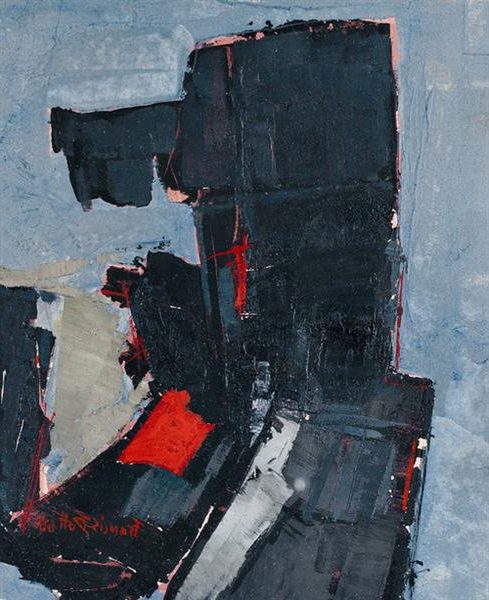
Francis Bott’s art evolved through distinct phases. His work blended Surrealism, Art Informel, and abstraction. Bott’s style changed over time as he explored new ideas and techniques.
Development of Style
Bott began with expressionist representational art. In his early years, he painted recognizable subjects using bold colors and loose brushwork.
As he grew as an artist, Bott’s style shifted. He moved away from realism toward more experimental approaches.
His friendship with Francis Picabia sparked new ideas. Picabia introduced Bott to Surrealism. This opened up new ways of thinking about art and reality.
Bott started to include dreamlike and irrational elements in his paintings.
Influence of Surrealism and Informel
Surrealism had a big impact on Bott’s work. He embraced its focus on the subconscious mind. His paintings began to feature strange juxtapositions and symbolic imagery.
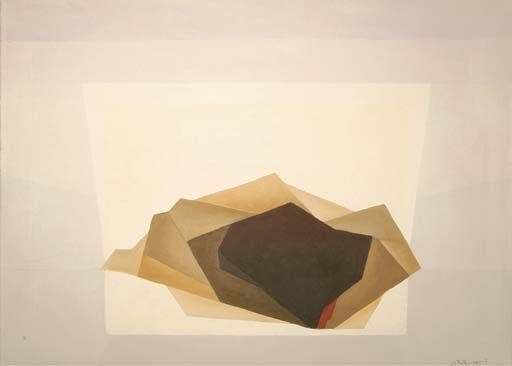
Espaces concertés (1973) by Francis Bott
In the late 1940s, Bott discovered Art Informel. This movement emphasized spontaneity and abstraction. It fit well with Bott’s desire for artistic freedom.
He began to create looser, more gestural compositions.
Bott combined elements of Surrealism and Informel in his mature style. His paintings often featured abstract forms with surreal touches. This unique blend set him apart from other artists of his time.
Exploration of Abstraction
From 1948 onward, Bott focused on abstraction. He saw it as a way to express freedom and independence.
His abstract works featured bold colors and energetic brushstrokes.
Bott experimented with different techniques. He explored texture, layering, and non-traditional materials. His compositions became more fluid and open-ended.
As part of the Second École de Paris, Bott helped push abstract art forward. His work contributed to the development of European abstract expressionism. Bott’s paintings from this period show his mastery of color and form in non-representational art.
Notable Works and Legacy

Abstraction (1951) by Francis Bott
Francis Bott created striking artworks that left a mark on 20th century art. His unique style blended abstract forms with vivid colors and textures.
Unique Artworks
Bott’s paintings often featured bold shapes and dynamic compositions. He used thick layers of paint to build up textured surfaces. Many of his works had an organic, flowing quality.
Some of Bott’s most famous pieces included abstract landscapes and figurative works. He played with perspective and spatial relationships in innovative ways. Bott’s art evolved over time, moving from more representational to fully abstract styles.
His paintings could be found in major museums and private collections across Europe. Bott had many solo exhibitions throughout his career that showcased his artistic range.
Color Surfaces and Mysterious Objects
Bott was known for his mastery of color. He used vibrant hues and subtle tonal shifts to create depth and mood. His paintings often had large areas of single colors broken up by gestural marks or shapes.
Mysterious objects and forms appeared in many of Bott’s works. These elements added an air of surrealism and intrigue. He blended recognizable imagery with abstract shapes in unexpected ways.
Texture was also key in Bott’s art. He built up thick impasto surfaces that gave his paintings a sculptural quality. This added visual interest and invited closer inspection of the works.
Impact on Contemporary Art
Bott’s innovative techniques influenced other artists of his time. His blend of abstraction and surrealism helped push painting in new directions. Many younger painters were inspired by his bold use of color and texture.

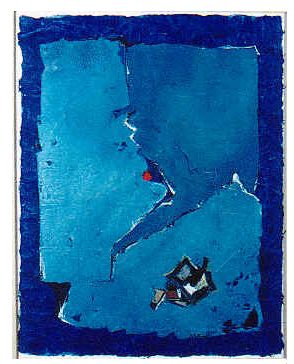
As a member of the École de Paris, Bott contributed to the vibrant postwar art scene. His work bridged various styles and movements of 20th century modernism. This versatility allowed him to remain relevant as artistic trends shifted.
Bott’s legacy lives on through his artworks in museum collections. Art historians continue to study his unique contributions to abstract and surrealist painting. His creative vision left a lasting impact on the development of contemporary art.
Frequently Asked Questions
Francis Bott was a German painter known for his abstract works. He explored different artistic movements and techniques throughout his career.
What artistic movement is Francis Bott associated with?
Francis Bott is linked to the “Second École de Paris” and French “Informel” art movements. He was also a follower of Surrealism. These styles shaped his abstract paintings after World War II.
How has Francis Bott contributed to abstract painting?
Bott helped develop abstract painting through his unique style. He moved from early expressionist works to more abstract compositions. His later paintings used thick layers of paint to create textured surfaces.
What are some notable works by Francis Bott?
Specific information about Bott’s most famous paintings is limited in the given sources. His early works included small compositions on cardboard with landscape motifs. He signed these pieces as “Frabo” in the 1930s.
During which period did Francis Bott achieve critical acclaim for his paintings?
The search results don’t provide clear details about when Bott gained the most recognition. His career spanned from the 1930s to the late 1990s. He was active in the post-World War II period when abstract art became popular.
What techniques did Francis Bott employ in his artwork?
Bott used various techniques in his art. Early on, he created small cardboard compositions. Later, he applied paint in thick layers, called impasto. This method gave his works a heavy, textured look.
Which galleries or museums display Francis Bott’s paintings?
The search results don’t list specific galleries showing Bott’s work.
His art is sold through auctions and art dealers. Roe and Moore and Galerie Henze & Ketterer have featured his pieces.

